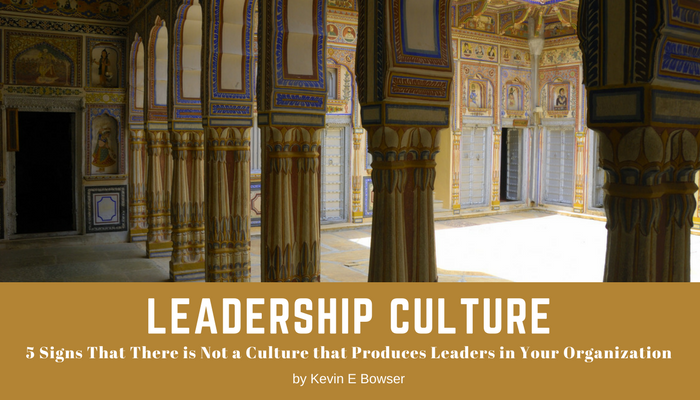
In the first installment of this series I drew a parallel between the tension needed to flex a straight piece of steel to create an oval train track and the tension necessary to create growth in business professionals and organizations. In the second part of this series I will discuss the importance of constant evaluation and review and compare that to the need for two tracks to be kept parallel and equally spaced to ensure the locomotive and passenger cars remain on track from point-to-point in a rail system.
Parallel tracks warrant that passengers will remain safe from point-to-point in a rail system. To ensure that a track is parallel requires the installers to constantly evaluate and assess the distance between the two rails. In our project, the construction supervisor kept assessing our placement of the rails before allowing us to drive spikes in the rail ties and secure the track in place.
LESSON #2: Leadership requires constant evaluation and review to ensure the desired path carries the organization to the intended outcome.
The foundation that an organization establishes is similar to how we guaranteed the track was laid appropriately to carry the train from a designated starting point to the corresponding end point. The crew was required to certify every rail would safely carry tourists around the historical grounds. In laying the track, the tension and shaping of the rail was only as effective as the care given to ensure the tracks were parallel and equally spaced in relation to each other. The train, without parallel tracks, was sure to derail resulting in broken equipment and lives. The most important tool used in the project evaluated and assessed the distance between the two lines of rails.
The rail enthusiasts we worked with continually evaluated and assessed the distance between the two rails with a simple tool made from a piece of wood cut to ensure that when placed between the two rails the distance from one side to the other was constant and matched the width between the two wheels on the steam engine and the cars that carried passengers. Even the slightest divergence in the space between the rails required action to eliminate the deviation. It was not long into the project before the work crew knew the importance of the spacing tool and the need to measure our achievement in placing the rails on the ties in the appropriate alignment.
In organizational leadership, similar tools are required to ensure that the progress being made is measurable and meeting the desired outcomes. We measured in small increments to ensure that a small deviation did not result in a significant problem. In addition, we all faced the reality that honesty was better then denial in using the information we found using our spacing device. Evaluation and assessment do not always require complicated formulas or tools. Many times a simple device will provide the necessary data to achieve consistent performance. Consistent performance will ensure foundational results. And, foundational results will establish a long-term path to organizational and individual growth and development.
Adaptation to the benefits of tension and constant evaluation of progress ensure business practices guide individuals and organizations toward desired outcomes. Evaluation and assessment also aid the individual and organization in measuring progress toward ensuring the satisfaction of customers and elimination of issues related to defective products and services. The third, and final, lesson in this series will parallel the need to secure the track for the long-term and the importance of implementing a business plan which sets the course for practice and productivity.
My goal is that you will be able to identify tensions and how these opportunities contribute to the success of the established business plan. Additionally, I want you to be able to identify available methods for evaluation and assessment of a business plan to yield desired outcomes. In the final installment of this series, I will identify individual and organizational markers to aid you in securing a successful completion of a business plan long after it is established.
Special Guest Post by  David Ruhman
David Ruhman – Please see his short bio below. Reach out to him via email and check out his blog via the links below in his Author Bio. And watch for more posts from Dave in the coming days.
Caring is sharing. Will you please share this with your network?












